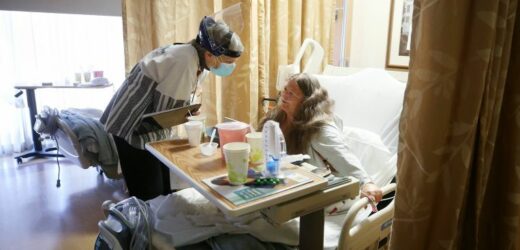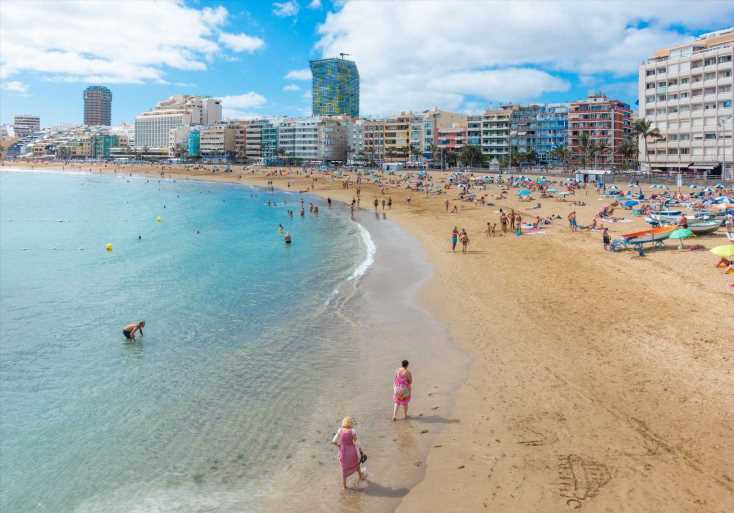The Covid-19 pandemic has exposed a deep divide between countries on how patients are being charged for coronavirus treatments.
In Europe, for example, treatment is almost entirely free of charge, but in the United States, patients have to fork out tens of thousands of dollars.
Here is a list on how various countries charge for Covid-19 treatment.
The United States
Emergency funding was approved last year to help uninsured Americans avoid large medical bills incurred from Covid-19 treatments, which average US$30,000 (S$40,620) for hospitalised cases, according to a study by America’s Health Insurance Plans.
Even then, many patients have complained that they have had to pay thousands of dollars for treatment due to loopholes and other factors.
For example, hospitals could bill patients directly for follow-up visits and other care that they were told were not covered by federal assistance. Media reports say, in some cases, the amount could go up to a million dollars for the uninsured, who represent more than 11 per cent of the US adult population.
Earlier in the pandemic, most large health insurers voluntarily waived costs, limiting the normal co-payments and deductibles for emergency room visits and coronavirus treatment.
But such benefits are about to wear out, with insurers increasingly treating Covid-19 as a less serious disease and no longer fully covering the costs of care.
India
Covid-19 treatments are largely free at public hospitals but chargeable at private health facilities, which account for 70 per cent of India’s healthcare sector.
Private treatment charges vary depending on the facilities and care given, and are capped at a limit in most states.
In Tamil Nadu, for instance, the treatment cost per day for non-critical cases in private hospitals is capped at between 5,000 rupees (S$90) and 7,500 rupees, while the fees for critical cases are fixed at 15,000 rupees.
Britain
Any Covid-19 diagnosis or treatment under the National Heath Service is free of charge regardless of the patients’ immigration status.
Germany
Patients generally pay next to nothing for Covid-19 treatment in Germany, where health insurance is mandatory for citizens and permanent residents, the majority of whom are covered by government-subsidised insurance. Co-payments are capped at a maximum of 2 per cent of annual household income.
Russia
Russians receive free access to hospitals and treatments for Covid-19 under the Federal Compulsory Medical Insurance Fund, a state fund established to finance medical services to citizens.
China
Since last year, China has regulated that the costs of Covid-19 diagnosis, treatments and medicine are to be fully covered by social health insurance and a special public fund. The country’s Social Medical Security Fund reimburses most of the basic treatments, while the special fund covers the remaining expenses.
Japan
The coronavirus is specified as a “designated infectious disease”, for which medical treatment is covered by public funds, regardless of the patient’s nationality.
South Korea
Health insurance is mandatory and its residents do not need to pay for Covid-19 treatments. The National Health Insurance Service (NHIS) covers about 80 per cent of the medical bills, with the remainder borne by the central and local governments. According to NHIS, the average cost of treating a hospitalised patient with severe symptoms is 650,000 won (S$745) a day, while the cost of treating cases with mild symptoms is 260,000 won at general hospitals and 180,000 won at clinics.
Malaysia
Covid-19 treatment for Malaysians in public hospitals is largely free of charge but in private hospitals, the fees vary from RM1,000 (S$325) to more than RM30,000 a day depending on the hospital and severity of the case. Charges for patients referred to private hospitals by a government hospital are subsidised by the government.
Source: Read Full Article


